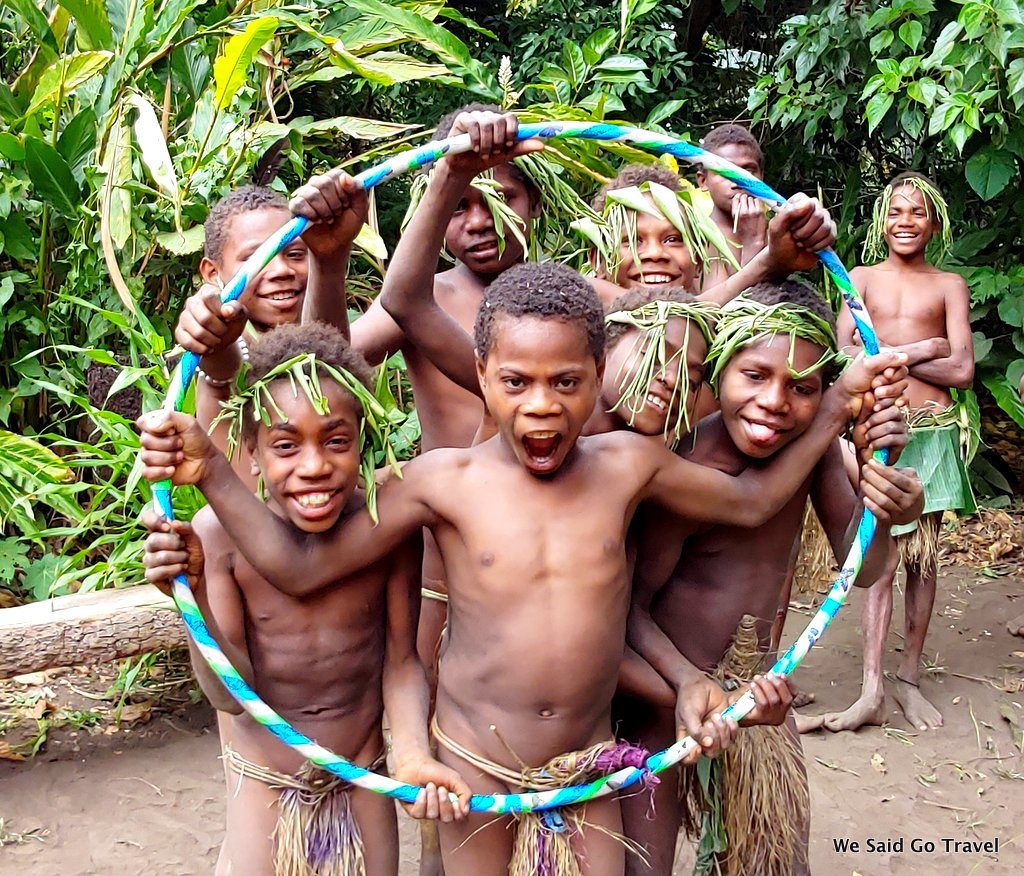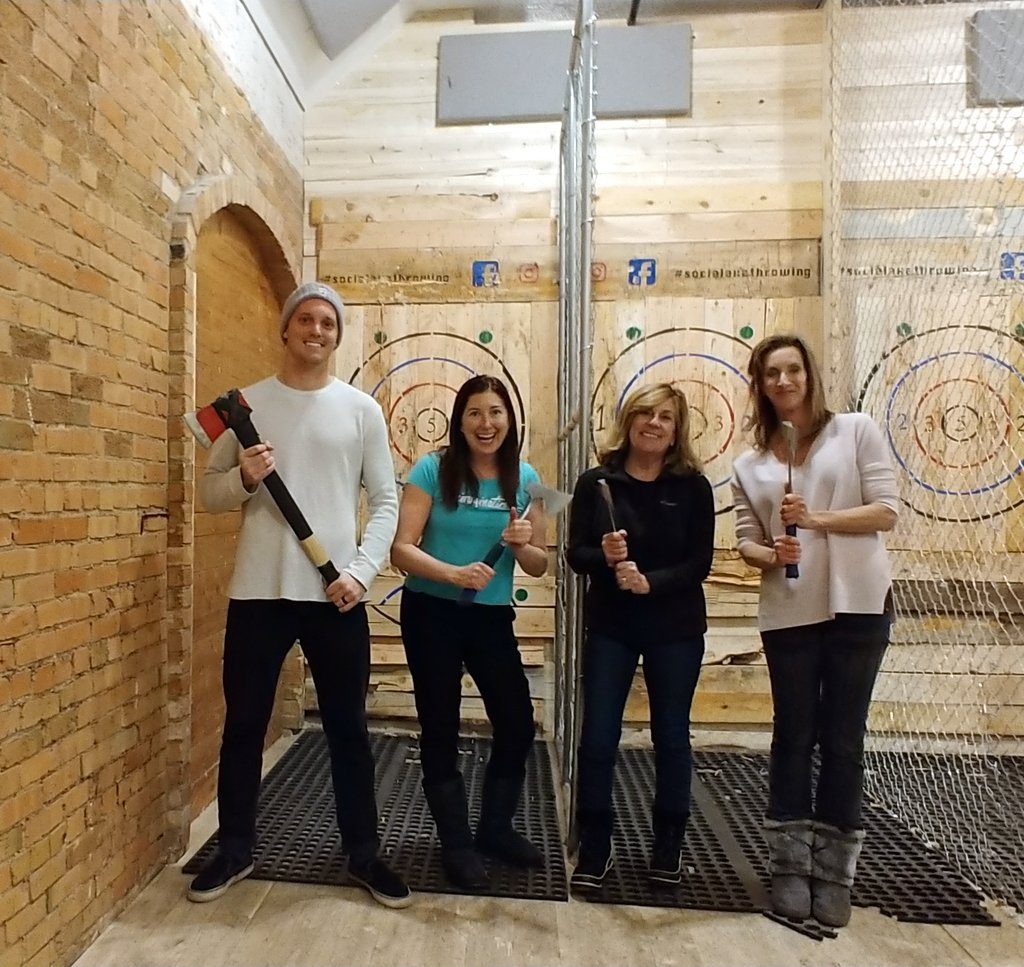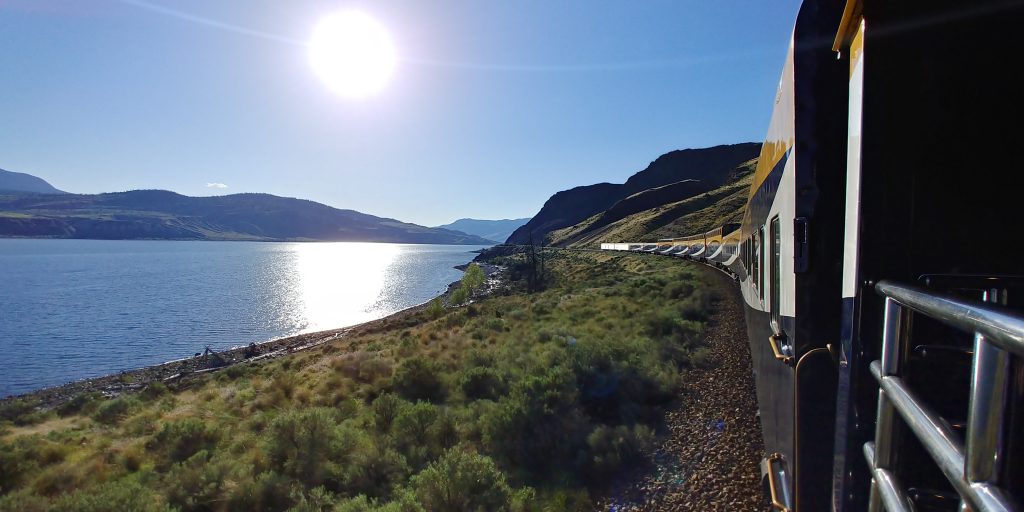I have been able to see distant corners of the world in my lifetime—and I gained a greater understanding of the urgent fight to save our planet because of it, as well as the human connections that keep us connected beyond borders and languages.
Everywhere I go in the world, I look for new things to learn about the animals, transportation, history and the way people live.
Seeing Polar Bears with Churchill Wild
I hoped that someday I would see a Polar Bear in its natural habitat—but also assumed that I would be in a vehicle a safe distance away when I saw them. When I chose to go on an adventure with Churchill Wild at Nanuk Polar Bear Lodge, though, that wasn’t the case. Instead, I put on my borrowed boots and Churchill Wild coat and walked with our guides near wolves and polar bears. It was truly spectacular to be close to these giant creatures, and it reminded me, leading up to a pivotal election, how important it was for us to show up at the polls for the animals who can’t.

Saving the Fijian Crested Iguana in Fiji
The Republic of Fiji in the South Pacific Ocean consists of over 330 islands, about a third of which are inhabited. These islands have been populated for 5,000 years, originally settled by adventurers who are thought to have made their way over 1,000 miles by canoe from New Zealand. Like many island nations, Fiji is home to numerous unique plants and animals, many of which also floated by sea from other far-off lands and have adapted to Fiji’s unique environment over many millions of years.
5,000 years of human habitation are exacting a toll of Fiji’s rich biodiversity. Some researchers have estimated that 25 percent of bird species, 12 percent of mammals, 67 percent of amphibians and 11 percent of reptiles and plants are already threatened or endangered.
In my first several visits to the Fijian Islands, I said, “Bula,” which means hello and welcome, to everyone. I loved the clear waters, incredible scuba diving and white sandy beaches. On my recent stay at Likuliku Lagoon Resort, I also loved lending a helping hand in the fight to save the Fijian Crested Iguana. This creature was thought to be extinct—but after two were found nearly 10 years ago, the resort has made heroic efforts, along with USGS and the San Diego Zoo, to restore the tropical dry forest, remove the invasive species and create a captive breeding program.
I got a first hand look at a turn-back-the-clock success story at the Likuliku Lagoon Resort (owned by Ahura Resorts) on Fiji’s volcanic Malolo Island, which has brought the Fijian crested iguana back from the brink of extinction. Ahura resorts have claimed to be wholly committed to sustainable tourism and have backed that commitment up with, among other things, herculean efforts to save this iconic, critically endangered iguana. Their efforts have included restoring the tropical dry forest with over 4500 seedlings of nearly two dozen species planted in the last four years, controlling mammalian invasive species, implementing a Fijian Crested Iguana captive breeding program and collaborating with scientists from USGS and San Diego Zoo.
From 1984 to 2010, there were no sightings of the Fijian crested iguana. Today, there are many sightings of the species out in the last remnant of protected forest within the resort leases.
There is an educational and awareness program implemented for guests, staff, the local community and also at the sister property, Malolo Island Resort. While on property, guests can assist with tree planting and scouting at night for these amazing species. Part of the nightly room fee goes to help with their environment initiatives and conservation programs, and you can make a donation at any time.
Scuba Diving with Bull Sharks in Mexico
I am a science teacher by training, and I love school, but I never thought I would go to Dr. Erich Ritter’s SharkSchool™ with ProDive International at Playa del Carmen. We learned about shark behavior in the program and went scuba diving with bull sharks.
Did you know that in New York City, in 2018, approximately 12 people died from human bites? That’s double the number of fatal shark bites for that year—and never mind how they got them! The movies make it seem like sharks are out to get us, but humans are the ones attacking sharks with over 100 million and possibly closer to 275 million sharks killed last year. Sharks are ocean stewards, eating weak fish and keeping schools of fish in check. We must use common sense and be respectful of the ocean ecosystem as we are greatly disturbing the balance.

Turning Warriors into Friends in the Maasai Mara
I travel with my hula hoop; it has five sections and it fits in my suitcase. I have hula-hooped on two trains in Canada, with villagers in Vanuatu and with the warriors of the Maasai Mara in Kenya. I always ask permission before hooping in a village because it is unusual, and might not be received well, but after I showed Chief Richard of Olonana, Kenya a video of me hula-hooping—because he had no idea what I was talking about—he started to smile. Hula-hoops make people laugh! When you wander around the world, it is good to make new friends.

Eat a Lionfish, Save the Planet
I first saw a Lionfish when I was scuba diving in the Red Sea. They have 14 long feather-like pectoral fins that look like a mane and 13 poisonous dorsal spines. They seemed both beautiful and dangerous to me. Unfortunately, the Lionfish have invaded the Caribbean, and are decimating the reefs and other fish. They have no predators except humans—and while many island countries are taking action against them and scuba divers are having derbies to kill them, they are very hardy fish. They lay many eggs and those babies survive far too well in the warm waters.
You can help: eat Lionfish! (They are tasty and safe to eat.)

Learning to Sing in Swahili
Wherever I roam, I learn words in the local language. I do not always quite get it right, of course. Once, in Nepal, I accidentally asked for dog meat in my momo—a local dish like a roll with meat inside—instead of chicken. There were several minutes of serious confusion, but when we figured it out, we all had a good laugh.
When I was on safari in Tanzania with Abercrombie and Kent at Sanctuary Kichakani, I learned many words—and the team even sang me a song! It felt magical to be among them while they were singing and smiling.

Witnessing—and Helping Preserve—Biodiversity in the Galapagos
Often, when I travel, I think I am going to learn or see one thing—but when I arrive, I discover much more than I expected. When I was a young girl going to summer camp, my mom packed a book about Charles Darwin’s journey in the Galapagos Islands in my suitcase. Ever since then, and for many decades, I have dreamed about the birds, tortoises and endemic creatures of the islands and wanted to see them myself.
I finally made that dream come true when I traveled on Ecoventura’s Theory in December of last year. Not only did I see the blue-footed boobies, but I also learned that there are red-footed boobies, and Nazca boobies with orange beaks.

The Galapagos Islands are a group of 22 islands—called an archipelago– right on the Equator in the eastern Pacific. The islands were made famous by Charles Darwin 150 years ago who was fascinated by the dozens of endemic species of birds, iguanas, tortoises and plants, species that are found nowhere else on the planet. In 1978, this wonderland of biodiversity became the very first site declared as a World Heritage Site by UNESCO (United Nations Educational, Scientific and Cultural Organization.)
Unfortunately, by then, human settlers had arrived—bringing with them not only domesticated animals like goats and chickens and burros, which competed for the island’s scarce food resources, but also rats and cats that wreaked havoc on the birds and iguanas.
Floreana is the sixth largest island in the Galapagos islands archipelago with a colorful history of human settlement that includes pirates, murder and mayhem. But the endemic species have come under ever-increasing threat from the invasive species humans brought with them. 55 species found on the Floreana are currently listed on the International Union for Conservation Red List, meaning these species are in danger of extinction if action is not taken to save them. Thirteen species are already locally extinct on the Island, but can be reintroduced after invasive predators are removed.
Faced with the stark reality that the Galapagos treasure trove of unique plants and animals are literally disappearing, the Galapagos National Park, the Biosecurity Agency of Galapagos, Island Conservation and Floreana residents and leadership are implementing an innovative project to remove invasive species from the island so they can then reintroduce the locally extinct species. This project is the most complex eradication project conducted on any inhabited tropical island. When I was in the Galapagos on Ecoventura’s Theory in December 2019, I was guided by Peter Freire whose family has been on Floreana for generations. His family and the island community are fully committed to preserving and restoring their local wildlife.
Finding out Why in Odgen, Utah
Although I have been to Park City, Utah for skiing more than 30 times, I went skiing in Odgen, Utah for the first time recently. I loved the three ski mountains, learning to throw an axe and the Spencer and Dolores Dore Eccles Rail Center and Utah State Railroad Museum at Ogden Union Station. At the train museum, I learned how the railroad was built from east to west and west to east and met in Ogden, Utah for the final spike.
The train traveled in both directions on one track, and the engineers in all parts of our country needed to know exactly what time the train was arriving so that there were no train collisions. In the 1800s, the railroads began using a time system with four time zones, Eastern, Central, Mountain and Pacific so that there would be no confusion about what time it was. Prior to that, many areas set their own time by the sun and high noon. It was incredible to imagine so many people using far less efficient technology to work together successfully.

Uncovering a Secret History in Canada
I love to travel by plane, boat or train. In Canada, I traveled on the Rocky Mountaineer train from Vancouver to Banff with a night in Kamloops. We saw osprey, eagles and bears and learned to talk like an engineer. The bridges, mountains and spiral tunnels kept us nearly as entertained as the history we learned. There was a time when Vancouver and all of British Colombia were considering joining the United States of America. However, the Canadian government promised to create the railway and unite the Canadian economy—so Vancouver did not join the U.S.!

Trying a Sport from the Middle Ages
When I was in Kilkenny, Ireland, I tried out hurling—an ancient Gaelic Irish outdoor team game which has been played for 4,000 years. I also went on an hour long Hawk Walk at Ireland’s School of Falconry at Ashford Castle. Falconry was popular in the Middle Ages in Europe. We went out into the forest with a Harris Hawk and I was able to send it out for a flight when it was perched on my leather glove and it came back to me for a treat of fresh meat. The hawks are powerful predators with sharp talons. I loved learning about them and watching them fly.





